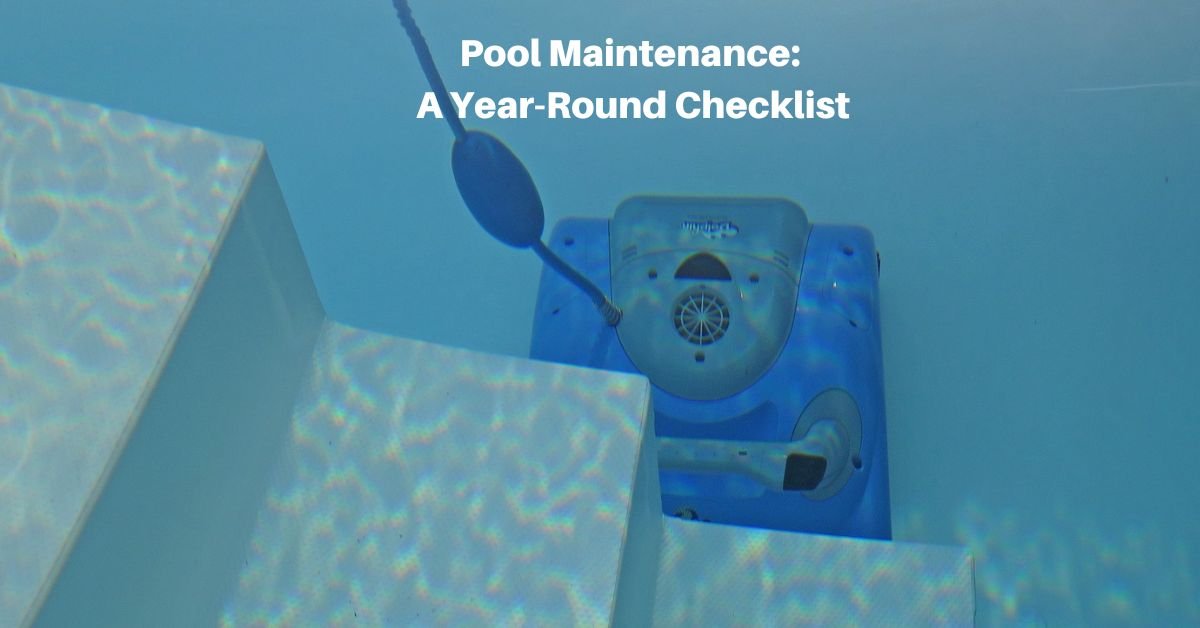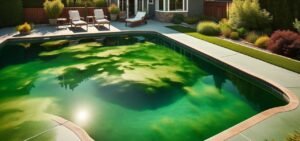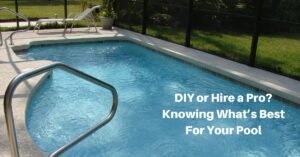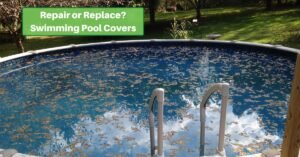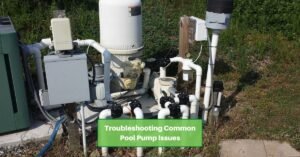A pristine swimming pool is a paradise for relaxation and enjoyment. However, to maintain its inviting allure, it’s crucial to give it the care and attention it deserves.
This checklist is a guide to swimming pool maintenance tasks across different time frames: annual, seasonal, monthly, weekly, and daily. Organizing these tasks by frequency can help you established a structured routine that guarantees crystal-clear waters all year long!
Annual Maintenance Tasks
- Professional Inspection
- If you have an in-ground pool, ensure your pool’s structural integrity with an annual inspection by a pool service expert.
- This comprehensive assessment includes examining pumps, filters, heaters, and other components to identify potential issues early on.
- Cleaning and Inspecting Filters:
- Filters play a vital role in water clarity. To maintain optimal filtration efficiency, clean or replace filters annually.
- Regular inspections help catch wear or damage that may affect performance.
- Testing Water Chemistry:
- Annual water testing establishes a baseline for your pool’s chemistry.
- Adjusting chemical levels and addressing imbalances is critical to preventing more significant problems.
- Assessing Pool Deck and Surroundings:
- Inspect the pool deck for any signs of damage or wear.
- Ensure safety features like handrails and ladders are stable.
- Planning for Upgrades or Repairs:
- Assess your pool’s overall condition and plan for necessary upgrades or repairs.
- Budgeting for potential expenses ensures your pool remains functional and visually appealing.
Seasonal Maintenance Tasks
Opening the Pool (Spring)
- Carefully remove the winter cover to prevent debris from falling into the water.
- Check and start all pool equipment, including pumps, filters, and heaters.
- Shock the pool with appropriate chemicals to eliminate winter build-up.
Closing the Pool (Fall)
- Lower the water level to prevent freezing in colder climates.
- Add winterizing chemicals to keep the water clean during the offseason.
- Securely cover the pool to protect it from debris and harsh weather.
Inspecting and Maintaining Pool Accessories
- Check slides, diving boards, and other accessories for wear and tear.
- Lubricate moving parts for smooth operation.
Cleaning and Inspecting Pool Lighting
- Ensure all pool lights are working correctly.
- Clean light fixtures and replace bulbs as needed.
Monthly Maintenance Tasks
Testing and Balancing Water Chemistry:
- Regularly check pH levels, chlorine or bromine levels, alkalinity, and calcium hardness.
- Adjust chemical levels to maintain a balanced and safe swimming environment.
Cleaning Skimmer Baskets and Pump Strainer
- Remove debris from skimmer baskets and pump strainers to prevent clogs.
- Ensure unimpeded water flow to the pump.
Inspecting and Lubricating O-Rings and Seals
- Regularly check and lubricate O-rings and seals to prevent leaks.
- Address visible wear or damage promptly.
Checking and Cleaning Pool Filters
- Regular filter maintenance ensures optimal water filtration.
- Follow the manufacturer’s recommendations for cleaning or replacing filters.
Monitoring Water Level
- Maintain a consistent water level for proper skimming and filtration.
- Adjust water levels based on evaporation and usage.
Weekly Maintenance Tasks
Skimming and Vacuuming the Pool
- Remove leaves, debris, and floating particles by skimming the pool’s surface.
- Use a pool vacuum to clean the pool floor and walls.
Brushing Pool Walls and Tiles:
- Prevent algae and calcium buildup on pool surfaces by regular brushing.
- Pay special attention to corners and areas with limited water circulation.
Shocking the Pool Water
- Weekly shock treatments eliminate bacteria and organic contaminants.
- Follow the manufacturer’s guidelines for the appropriate shock treatment.
Checking and Adjusting Water Levels
- Maintain recommended water levels for optimal skimming and filtration.
- Adjust levels as needed due to usage and weather conditions.
Inspecting and Cleaning Pool Equipment
- Inspect pump baskets, skimmer baskets, and other equipment for debris.
- Clean or replace components showing signs of wear or damage.
Monitoring and Adjusting Pool Timer Settings
- Ensure efficient pool equipment operation by adjusting timer settings.
- Optimize energy consumption while maintaining proper circulation.
Daily Maintenance Tasks
Skimming the Pool Surface
- Prevent debris from sinking to the pool floor by daily skimming.
- Use a skimmer net to remove leaves, insects, and other floating debris.
Checking and Emptying Skimmer Baskets
- Maintain unimpeded water flow by emptying skimmer baskets daily.
- Remove any debris that may affect skimmer performance.
Monitoring Water Clarity
- Regularly check for signs of cloudiness or discoloration in the water.
- Address water quality issues promptly.
Adjusting Chemical Levels as Needed
- Test water chemistry daily and adjust chemical levels as necessary.
- Quick corrections prevent imbalances from escalating.
Inspecting for Visible Issues or Concerns
- Conduct daily visual inspections of the pool and surroundings.
- Address visible issues, such as leaks or equipment malfunctions, promptly.
Quick Equipment Check (Pumps, Filters, etc.)
- Verify daily that pool equipment is operational.
- Address any unusual noises or malfunctions promptly.
Troubleshooting Common Issues
Algae Growth
- Identify the cause of algae growth, such as inadequate chlorine levels.
- Shock the pool and brush affected areas to eliminate algae.
Cloudy Water
- Test and balance water chemistry to address cloudiness.
- Clean or replace filters and ensure proper circulation.
Equipment Malfunctions
- Investigate the source of malfunctions, such as pump or filter issues.
- Consult a professional for repairs if necessary.
pH Imbalances
- Adjust pH levels promptly to prevent equipment corrosion and discomfort.
- Regular testing helps catch imbalances early.
Leaks and Structural Concerns
- Monitor water levels and conduct a visual inspection for leaks.
- Address structural issues promptly to prevent further damage.
Maintaining a sparkling and inviting swimming pool demands a good deal of work, but it’s made easier when you can break it down into time periods. From annual inspections to daily skimming, each task contributes to the overall health and longevity of your pool. By following a structured maintenance routine, you can ensure a safe, enjoyable, and visually appealing swimming environment throughout the seasons.

